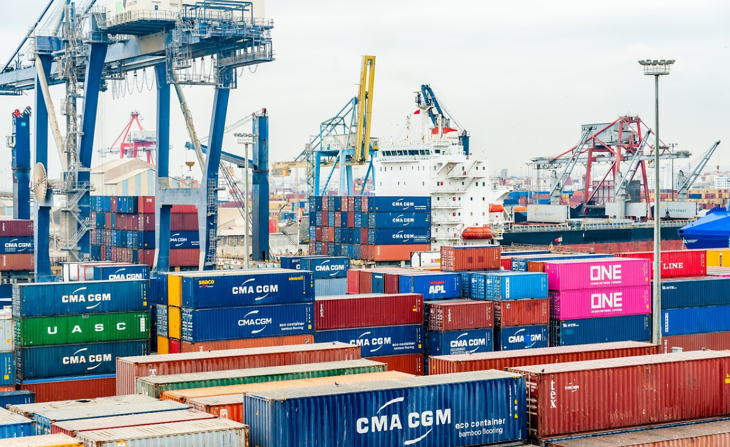 @Pixabay.
@Pixabay.
US tariffs will affect global economic growth, which is forecast to slow to 2.3% in 2025, down from 2.8% in 2024.
This is according to Swiss Re, which has released a new white paper about the economic effects of the tariffs. This, it said, would hit premiums; however, investment incomes could largely remain unaffected and provide a safety net.
The paper forms part of the reinsurer’s latest Sigma report. The effects this could have on insurance investors’ portfolios could also be major with many having to shore up smaller premiums with increased investment yield.
“Amid unstable policy environment and competitive pressures, both life and non-life insurers see decelerating premium growth,” it said. “Tariffs impact to hit US motor physical damage hardest, but pockets of underwriting opportunity may emerge.”
Please Login or Register for a free account to view this content. Benefits of registering include: